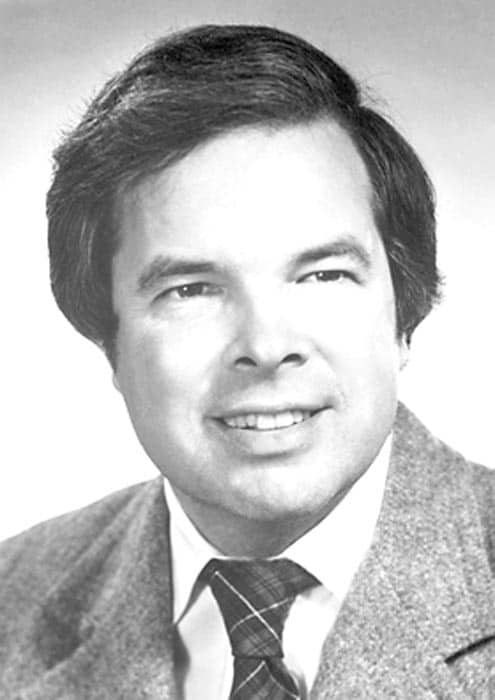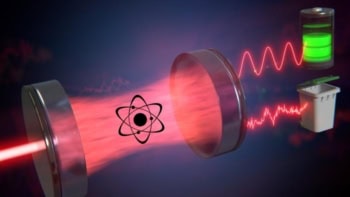
The US theoretical physicist Kenneth Wilson, who was awarded the 1982 Nobel Prize for Physics, died on Saturday 15 June at the age of 77. Wilson was the sole winner of the 1982 Nobel prize for “his theory for critical phenomena in connection with phase transitions”.
Born in 8 June 1936 in Waltham, Massachusetts, Wilson was the son of the prominent Harvard University chemist E Bright Wilson. After completing an undergraduate degree in mathematics at Harvard in 1956, Wilson was awarded his PhD in theoretical physics from the California Institute of Technology in 1961, which he did under the supervision of the future Nobel-prize-winning particle physicist Murray Gell-Mann.
After a year working at the CERN particle-physics laboratory near Geneva, Wilson joined Cornell University in 1963. He remained there for most of his career, later becoming director of Cornell’s Center for Theory and Simulation in Science and Engineering, which is now known as the Cornell Center for Advanced Computing. In 1988 Wilson joined Ohio State University and was co-principal investigator in an educational-reform project that was funded by the National Science Foundation. Called “Project Discovery”, the project aimed to develop more inquiry-based learning of physics in schools.
Critical phenomena
Wilson was awarded the Nobel prize based on his pioneering work developing a theoretical framework on the nature of phase transitions – such as when describing how a liquid turns into a gas by changing its temperature or when a material loses its magnetization when applying a magnetic field.
Phase transitions can be characterized by an abrupt change in the value of some physical property or by a smoother transition from one phase to another. However, many previous theories – most notably Lev Landau’s 1937 general theory of phase transitions – failed to predict the behaviour close to the transition, known as the critical point.
That problem was finally solved by Wilson in 1971. He realized that one has to deal with fluctuations over widely different length scales – taking into account short- and long-range fluctuations. Such transitions are then almost totally determined by the collective effects of every other object in the system. Modelling this behaviour near the critical point would require vast computing power but Wilson developed a method to divide the problem into a sequence of simpler ones based on renormalization group theory, which had been previously developed in the 1950s.
Wilson’s theory for critical phenomena gave a complete theoretical description of the behaviour close to the critical point proving that many seemingly unrelated systems – liquids or mixtures of liquids and ferromagnets – show identical behaviour.
Ahead of his time
Paul Ginsparg – founder of the arXiv preprint server – studied for a PhD at Cornell University under the supervision of Wilson. He says that Wilson’s ideas in physics will continue to dominate the way that physicists think about the link between statistical mechanical systems and quantum field theory.
Ginsparg also adds that Wilson was “decades ahead of his time” in computing and networks – writing code for parallel processor arrays to get round the problem of slow single-processor speeds, as well as calling for the implementation of the TCP/IP internet protocol that is in use today. “As a graduate student in the late 1970s, I had a unique three-decade window into the future,” Ginsparg tells physicsworld.com.
Wilson was elected to the National Academy of Sciences in 1975, the American Academy of Arts and Sciences in 1975 and the American Philosophical Society in 1984.
Wilson died on 15 June in Saco, Maine.



